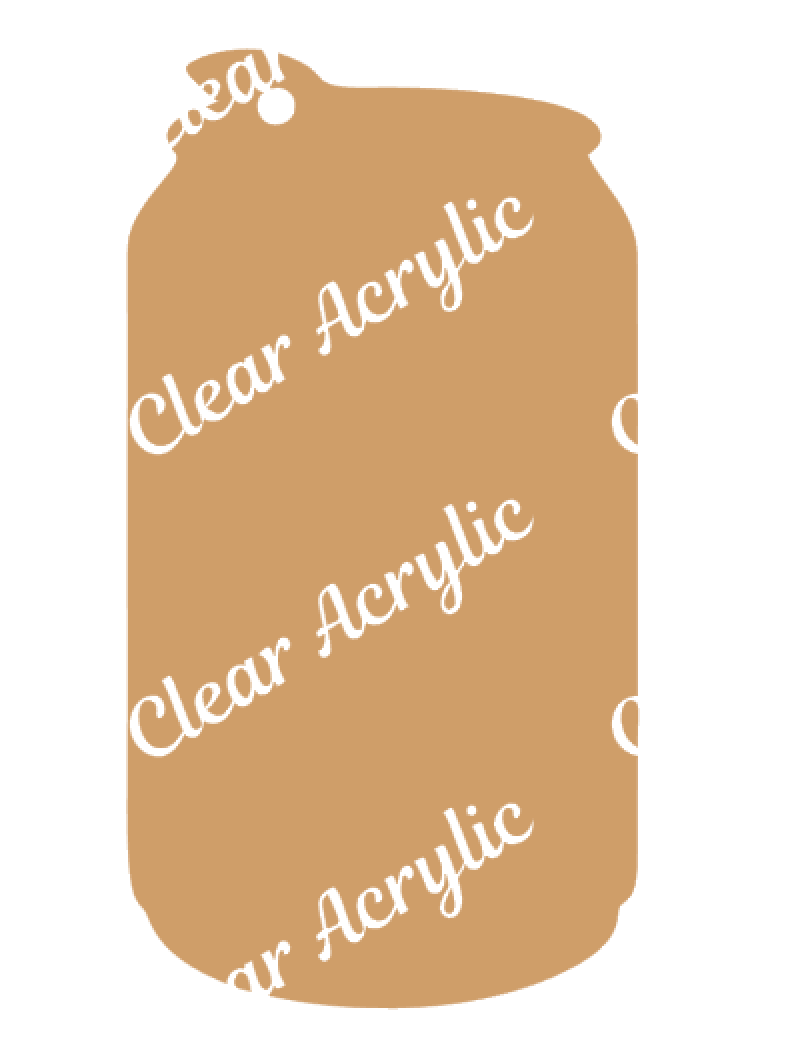

The arrangement of the lamp tube is generally in the shape of a "zone" from top to bottom in the oven, with two ends and less in the middle. The preform rotates while moving forward in the oven, so that the preform wall is evenly heated. In the oven, far-infrared light emitted by the far-infrared lamp tube heats the preform radiation, and the fan at the bottom of the oven performs thermal cycling to make the temperature in the oven uniform.

Its temperature is manually set and automatically adjusted. The requirements for the preform are purity, transparency, no impurities, no abnormal color, suitable injection point length and surrounding halo.Ģ.2 Heating The preform is heated by a heating oven. The quality of the preform determines the difficulty of the blow molding process. Experiments have shown that preforms made from PET materials of the same viscosity are easier to blow-mold than domestic materials while the preforms of the same batch have different production dates, the blow molding process may also be significantly different. Materials that are easy to inflate and shape should be selected, and a reasonable preform forming process should be formulated. The quality of preforms depends largely on the quality of PET materials. Preforms cannot be stored for more than six months.
The preforms that have not been used up after heating must be stored for more than 48 hours before they can be reheated. Preforms for injection molding need to be stored for more than 24 hours before they can be used. According to the National Food Safety Law, secondary recycled materials must not be used for food and pharmaceutical packaging. It requires that the proportion of secondary recycled materials should not be too high (below 5%), the number of times of recovery cannot be more than two, and the molecular weight and viscosity must not be too low ( The molecular weight is 31,000-50,000, and the intrinsic viscosity is 0.78-0.85 cm3 / g). 2.1 When preparing preforms for blow-molded bottles, PET chips are first injection-molded into preforms. The important factors that affect the PET bottle blow molding process are preform, heating, pre-blowing, mold and production environment. Although the manufacturers are different, the principles of their equipment are similar, and generally include five parts: the blank supply system, the heating system, the blowing system, the control system, and the auxiliary machinery.Ģ Blow molding process PET bottle blow molding process. At present, manufacturers of PET automatic blow molding machines are mainly imported from France's SIDEL company, Germany's KRONES company, and domestically produced Fujian Quanguan Quinko Company.
Soda bottle preform blanks manual#
The operation also developed from the manual button type in the past to the current full computer control, which greatly reduces the difficulty in process operation and increases the stability of the process. The production capacity of the equipment has been continuously improved, from the former production of thousands of bottles per hour to the production of tens of thousands of bottles per hour.

Equipment With the continuous advancement of science and technology and the scale of production, the PET blow molding machine is becoming more and more automated and the production efficiency is becoming higher and higher. The author mainly discusses the pressurized beverage bottle forming process in cold bottles.ġ. Hot bottles are similar to cold bottles in the forming process. They are classified as thermos bottles and can withstand heat above 85 ° C water bottles are Cold bottles, no requirements for heat resistance. Tea beverage bottles are modified PET bottles blended with polyethylene naphthalate (PEN) or composite bottles of PET and thermoplastic polyarylate. PET blow molding bottles can be divided into two types, one is a pressure bottle, such as a bottle filled with carbonated carbonated drinks the other is a non-pressure bottle, such as a bottle filled with water, tea, edible oil, etc. In these two molding methods, the injection stretch-blow process is easy to control, the production efficiency is high, and the number of waste products is small, which is more common. The production of PET bottles can be divided into injection stretch blow molding (referred to as injection stretch blow) and extrusion stretch blow molding (referred to as extrusion) according to the preform of the parison. Polyethylene terephthalate (PET) is referred to as polyester. Blow Mould Factory Explains PET Bottle Blowing Process


 0 kommentar(er)
0 kommentar(er)
